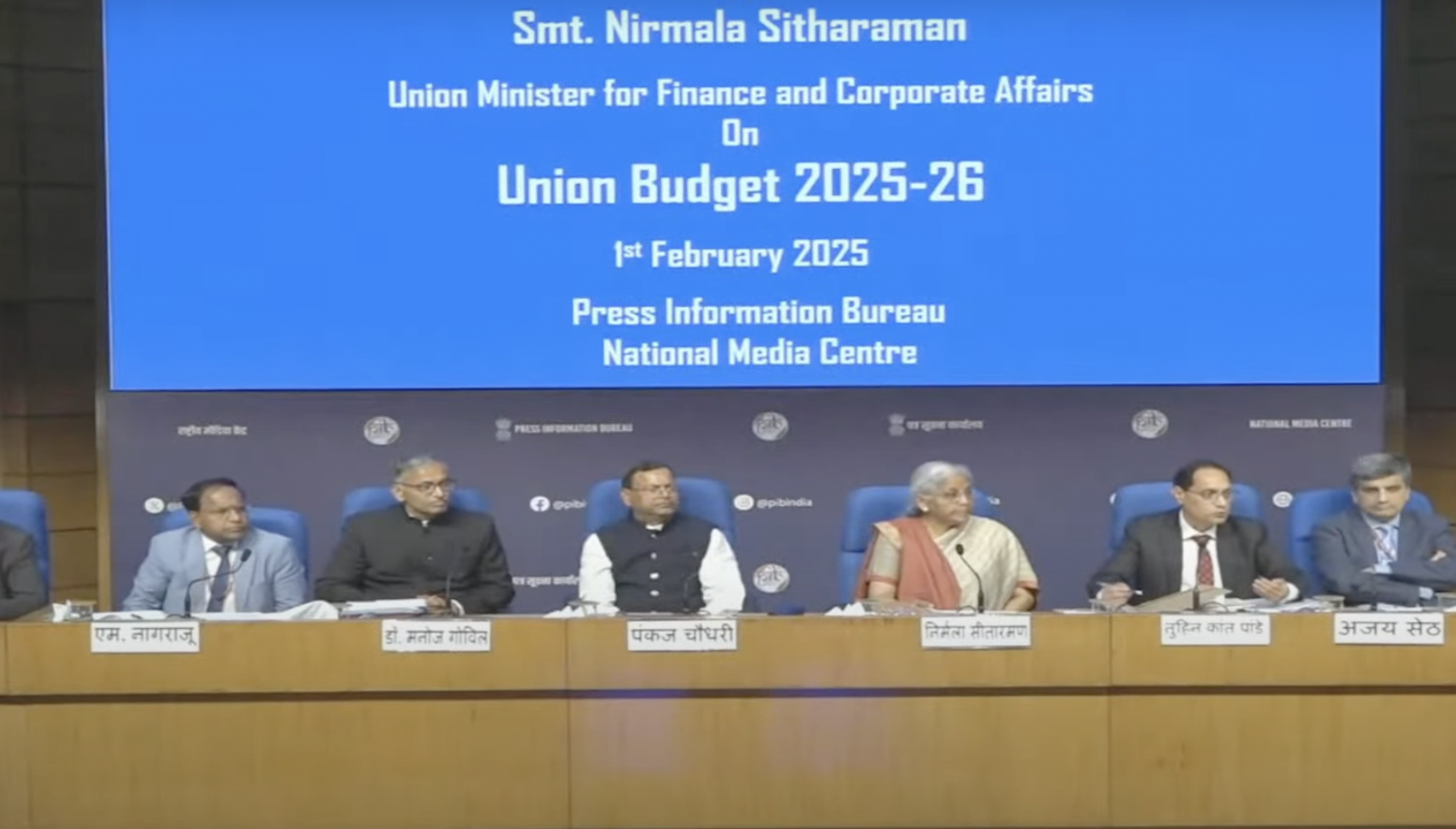The removal of Indian nuclear entities from the US Entity List boosts prospects for international R&D collaboration, especially with the US. This development strengthens India's long-term nuclear strategy, positioning it as a leader in sustainable energy solutions.
Published Feb 01, 2025 | 4:48 PM ⚊ Updated Feb 01, 2025 | 4:55 PM

Brace for major nuclear energy reforms: Union Budget 2025 sets big goals
In a bold move to fast-track India’s nuclear energy ambitions, Finance Minister Nirmala Sitharaman, during the presentation of the Union Budget 2025, announced plans to amend key legislation, including the Atomic Energy Act and the Civil Liability for Nuclear Damage Act.
These amendments are part of a broader initiative to expand the nation’s nuclear energy capacity to 100 gigawatts (GW) by 2047, aligning with India’s climate goals and its pursuit of sustainable energy sources.
Speaking about the reforms, Sitharaman emphasised, “Power sector reforms will incentivise electricity distribution reforms and augment intrastate transmission capacity by states. This will strengthen the financial health and capacity of electricity companies.”
“Additionally, we will allow states to borrow an additional 0.5 percent of their Gross State Domestic Product (GSDP), contingent on these reforms. A Nuclear Energy Mission for a ‘Viksit Bharat’ will be launched, focusing on the development of at least 100 GW of nuclear energy by 2047. This is essential for our energy transition and for fostering active private sector participation in the sector,” she said.
To further accelerate these efforts, the government has allocated Rs. 20,000 crore (approximately USD 2.6 billion) for the establishment of a dedicated Nuclear Energy Mission.
This mission will prioritise research and development (R&D) into Small Modular Reactors (SMRs), a next-generation nuclear technology that promises to enhance the country’s nuclear energy capabilities.
The Finance Minister set an ambitious goal to have at least five indigenously developed Small Modular Reactors (SMRs) operational by 2033.
This move aims to position India at the forefront of next-generation nuclear technology. These reactors will play a crucial role in achieving the country’s target of 100 GW of nuclear energy by 2047, enhancing energy security while supporting India’s environmental commitments under the Paris Agreement.
“India has increasingly focused on SMRs over the last year and a half, with mentions in joint statements with the US and France, as well as in several official documents. The recent budget announcement outlines a Rs. 20,000 crore funding commitment for SMRs,” said Saurabh Todi, a researcher at the Takshashila Institution.
“It also sets a target to operationalise at least five indigenously developed SMRs by 2033. Alongside, the government will amend existing regulations to attract private-sector investment in nuclear energy,” he added.
India is already developing its own SMR design, the Bharat Small Reactor (BSR), which is based on the country’s 220 MW Indian Pressurised Heavy Water Reactor (IPHWR).
This modular design aims to shorten the reactor’s development timeline compared to other global SMR designs. With private sector partnerships in place, India is on track to meet its ambitious target of having operational SMRs by 2033.
The recent removal of Indian nuclear entities from the US Entity List further enhances the prospects for international cooperation, particularly with the US, on R&D and technological exchange in the field of SMRs.
These developments mark a significant step in India’s long-term nuclear strategy, positioning the country to lead in clean, sustainable energy solutions while fostering greater collaboration with global partners in the nuclear energy sector.
(Edited by Ananya Rao with inputs from Nolan Patrick Pinto)
